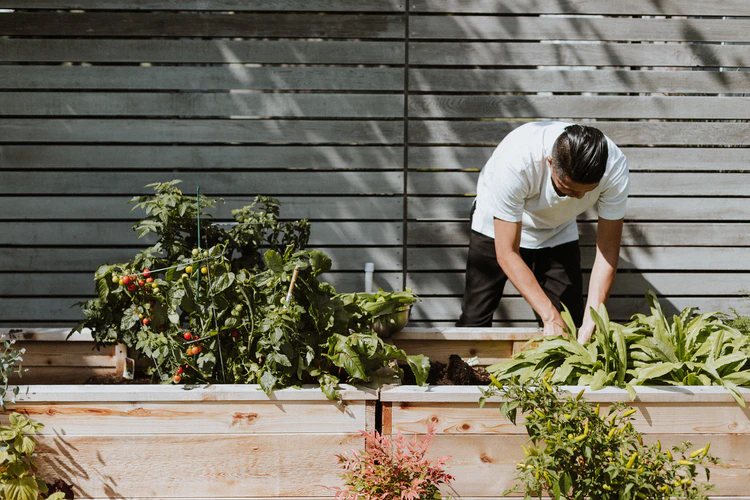News
Report Says Combined Approached Might Be Effective Against Antibiotics Crisis
Due to the recent findings of increasingly antibiotic-resistant bacteria, a lot of health experts have raised their concerns regarding the general safety of the public. While some experts in the United States aim to increase the awareness of these bacteria by informing doctors and medical facilities, the British Professor Dame Sally Davies stated that a fighting this antibiotics "crisis" needs to be implemented immediately. Professor Wilfred Otten wrote in The Lancet Infectious Diseases that fighting the crisis needs a more combined approach.
Davies, who is also the United Kingdom's Chief Medical Officer, believes that the current medical situation should be considered a "catastrophic threat." However, she is focused on how medicine and pharmaceutical companies alone can fight this crisis. Otten states that although the role of the pharmaceutical companies should be large and is highly important, creating new drugs cannot be the only solution.
"Society has become largely dependent on antibiotics and they have been one of the greatest success stories of modern medicine - they have transformed, and indeed prolonged, our lives. However, bacteria are rapidly developing resistance to antibiotics and the length of time that antibiotics will remain effective has been pinned down to just a few decades - a situation so serious that the UK's Chief Medical Officer is again urging the government to add it to the national risk register of civil emergencies," Otten stated.
Otten proposes a different approach from Davies however. Otten believes that only a combined approach, taking medicine and pharmaceutical companies and adding on environmental, agricultural, and social and medical factors is the key way in fighting this crisis. He stated that in the environment alone, only one gram of soil could lead to the production of a lot of bacteria. Since these factors are the breeding grounds for dangerous bacteria, it could be vital to change these systems to stop promoting bacteria growth or at least some how slow it down.
"For example, more than half of all antibiotics used are given by us to animals. In the UK alone, about 350-400 tons of antibiotics were used each year in food-producing animals between 2006 and 2011 - and an estimated 70 million tons of that was spread onto agricultural land each year as well. And this is just one part of an ongoing cycle: the new, antibiotic-resistant bacteria in the soil can potentially enter our food chain when we eat the harvested crops and then, when they reach our gut, they can evolve again when they mix with the microflora that naturally live there," Otten reiterated.
Otten's approach will require more work and more changes than the traditional two-factor model. However, if modern day medicine cannot protect humans from these bacteria, something needs to be done in order to stave off their productions until pharmaceutical companies find another answer.









Join the Conversation